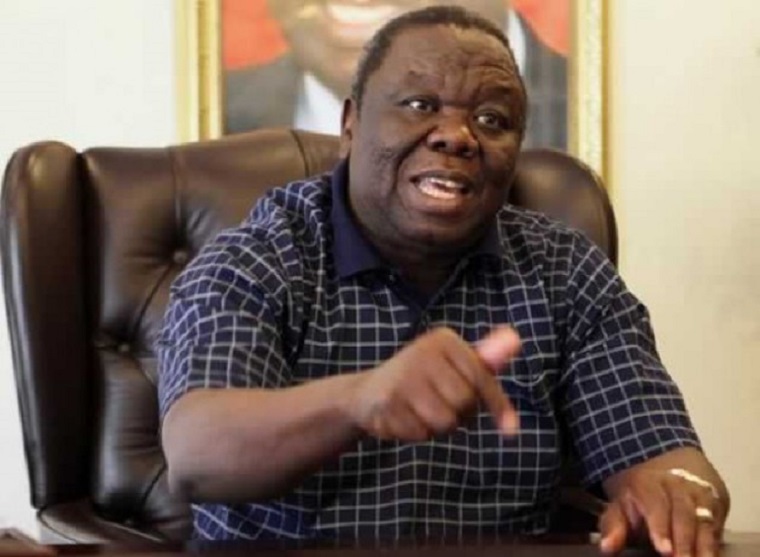Movement for Democratic Change leader Morgan Tsvangirai vacillated in announcing that he had won the 2008 elections for fear of legal complications but this gave the Zimbabwe African National Union-Patriotic Front a chance to recover from the shock of its first election defeat and map the way forward.
Although he held at press conference on 1 April, two days after the elections, Tsvangirai only went as far as saying he had won enough votes to avoid a run-off.
United States embassy officials said Tsvangirai declined to say he had won but said he had exceeded the constitutional requirement to be elected president.
Following further questions, he said he had received a sufficient number of votes to avoid a runoff.
The embassy said that Tsvangirai avoided stating he had won, continuously saying he awaited the Zimbabwe Electoral Commission certification of returns to avoid possible legal complications.
Tsvangirai’s guarded approach was due to the fact that only the ZEC was supposed to announce the official results.
He was also probably confident that rigging would be checked this time because the United States had funded parallel vote counting by the Zimbabwe Election Supervisory Network.
Zimbabwean businessman Strive Masiyiwa had also set up another parallel vote counting centre in Johannesburg.
Once the results were announced at each polling place, MDC agents were to text messages or call in the results to a Zimbabwe cell phone number.
The call would be secretly rerouted to a computer centre in Johannesburg, where Masiyiwa had compiled a team of technical experts to enter the results into a database.
The centre would then post the results on an Internet site as they come in, essentially pre-empting the Zimbabwe Election Commission results and any ill intention of Mugabe to falsely claim victory.
Masiyiwa hoped that the quick public announcement on his Internet site — before the ZEC had time to consult with Mugabe — would generate intense public pressure on Mugabe to accept defeat.
The two parallel vot4 counting systems, however, failed.
Below are the first 420 Wikileaks cables on Tsvangirai, 305 more to go.
Continued next page
(498 VIEWS)
